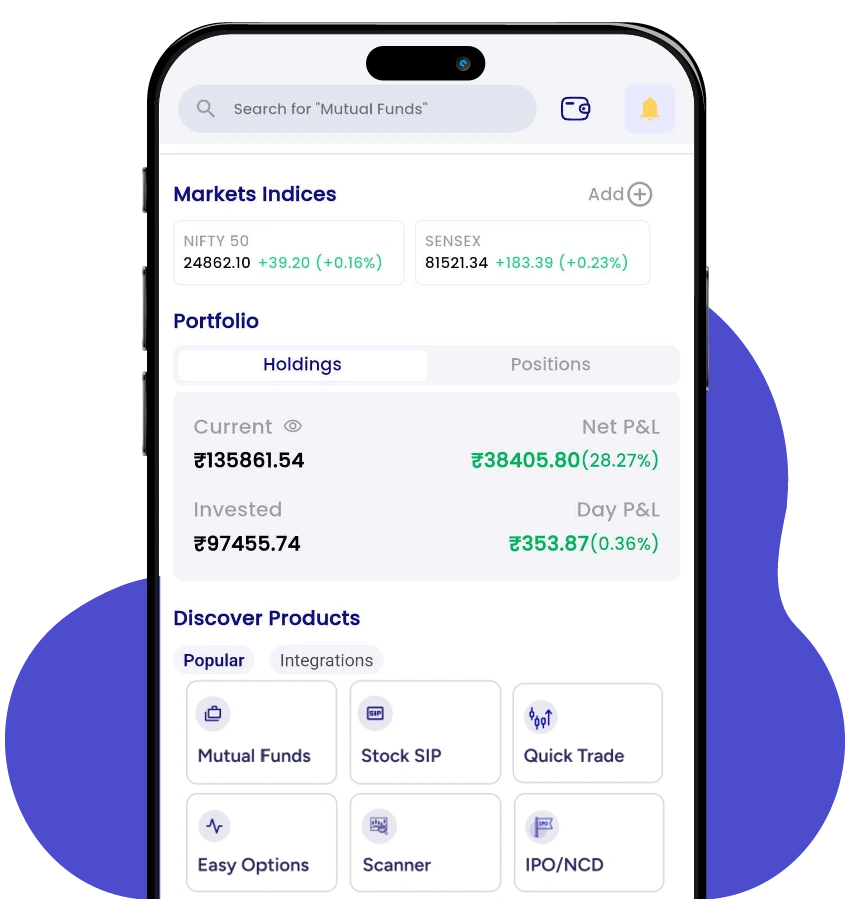Why Global Markets Are Watching the Greenback Amid Rising Geopolitical Tensions
- 16th June 2025
- 04:00 PM
- 4 min read
Mumbai | June 16 – For decades, the U.S. dollar has ruled global finance — the go-to currency in a crisis, the standard for oil transactions, and the core of central bank reserves. But today, even as fresh geopolitical tensions flare and bond yields rise, the dollar is losing steam. The dollar index is hovering around lows not seen since early 2022 — when logic suggests it should be soaring.
This isn’t just short-term market noise. It could be the early sign of a larger shift — one with direct consequences for emerging markets like India.
The Smile That Became a Frown
A classic framework — the “dollar smile” — says the dollar strengthens either when the U.S. economy outperforms or when global markets panic. In quieter times, it weakens.
But right now, the pattern isn’t holding.
The Israel-Iran conflict has spiked tensions in West Asia and driven up crude oil prices. Traditionally, this kind of uncertainty would send investors rushing into the dollar as a safe haven. Yet the greenback remains subdued.
Even more puzzling? Rising U.S. bond yields haven’t boosted the dollar either. Instead of rewarding higher returns, global investors seem increasingly uneasy about the risks those returns carry.
Trump’s Tariff Ghosts and the Deficit Overhang
At the core, it’s not just about interest rates or inflation — it’s about confidence.
With the 2025 U.S. elections around the corner, markets are factoring in the possibility of a Trump comeback. And for global finance, that brings memories of erratic tariff moves, political stand-offs over debt ceilings, and general unpredictability.
Such political risks add a layer of uncertainty that weighs heavily on the dollar. Meanwhile, America’s rising fiscal deficit is adding pressure of its own. Market demand for higher yields may no longer signal strength — but concern.
The Weaponised Dollar Has Lost Its Shine
The dollar’s softening is also rooted in how it’s perceived globally. Past actions — like freezing foreign dollar reserves during geopolitical standoffs — have forced countries to rethink their dollar dependence.
In response, many central banks have started reducing exposure to dollar assets and increasing allocations to alternatives like gold or other currencies. The move away from a single-currency dependency is subtle, but it’s gaining traction.
India, too, has been diversifying — adding to its gold holdings and managing exposure across currencies. This signals strategic planning, not panic — a hedge against long-term shifts in global financial dynamics.
India’s Calm Amid Global Churn
The Indian rupee has remained relatively stable, even as oil prices rise and geopolitical tensions persist. This reflects a mix of supportive dollar inflows, active intervention when needed, and solid fundamentals.
While higher oil prices could pressure India’s trade balance and stoke inflation, the overall macro picture remains resilient. A stable inflation outlook, comfortable forex reserves, and steady exports are helping the rupee weather global headwinds.
For Indian investors, this evolving currency climate offers lessons — and opportunities.
The old assumption that dollar-denominated assets are the safest is losing ground. Now, diversification matters more than ever. Indian equities, emerging market currencies, and assets like gold are seeing increased interest — not just as return generators, but as hedges against global volatility.
India’s economic fundamentals — from controlled public debt to a large domestic consumption base — offer a compelling case for global capital looking for stability in uncertain times.
The New Playbook for Indian Investors
The dollar’s weakness isn’t just a blip on the chart — it’s a sign that global finance may be entering a more multipolar era. And India, with its growing economic footprint, could play a more prominent role in this transition.
The questions now loom large: Can the U.S. restore long-term fiscal and political confidence? Or is the era of dollar dominance gradually fading?
Bottom Line:
The dollar’s slip is no blip. It’s a signal. Indian policymakers, corporates, and retail investors would do well to heed it — and start building portfolios, reserves, and policies that reflect a future where no single currency calls all the shots.





